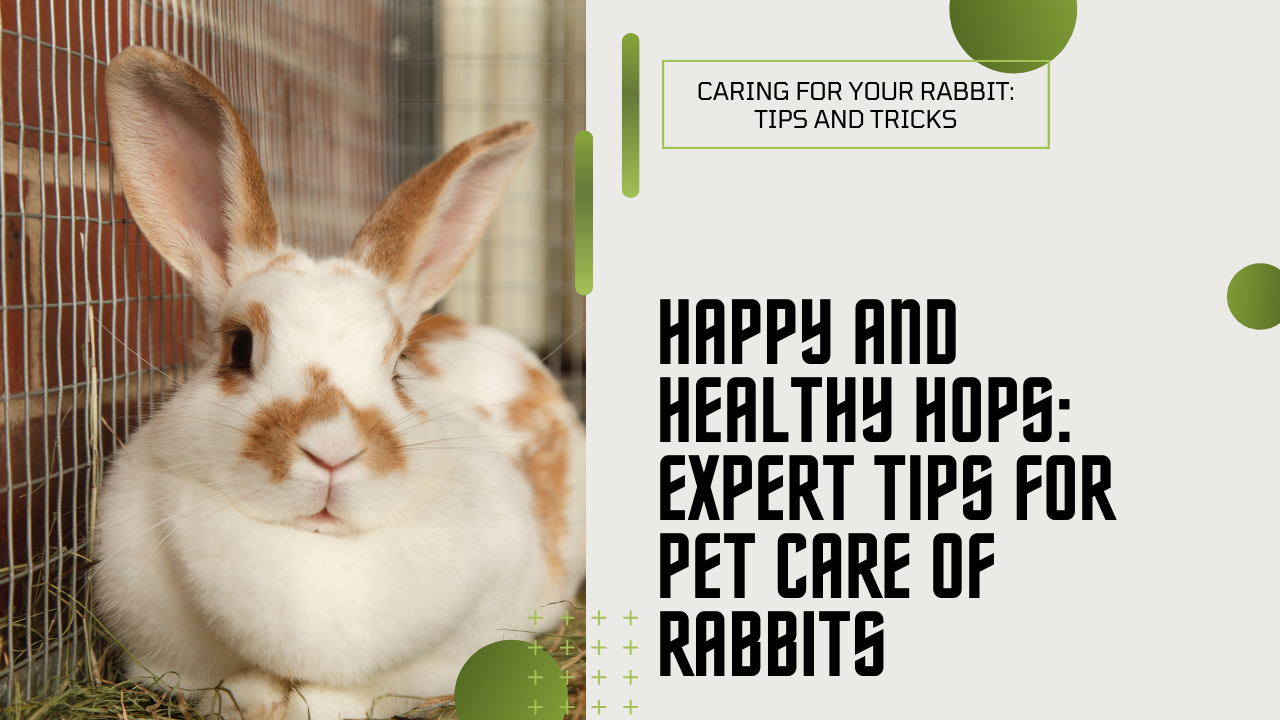Last Updated on May 24, 2024 by Dogs Vets
Have you ever found yourself in a panic, rushing your pet to the vet? If so, you’re not alone. From accidental injuries to sudden illnesses, there are many reasons why our beloved pets might need emergency care.
Whether it’s Fido gulping down something he shouldn’t or Fluffy showing signs of distress, these moments can be terrifying. Knowing what often sends us scrambling to the animal hospital can help us act faster and maybe even prevent some emergencies.
Common Reasons for Emergency Vet Visits
As a pet owner, you never want to imagine your furry friend in a life-threatening situation. But the truth is, 1 in 3 pets require emergency veterinary care every year. It’s crucial to be aware of the most common reasons for pets needing emergency care so you can act fast if needed.
Trauma and Injuries
Accidents happen, even to the most cautious pets. Trauma and injuries are a leading cause of emergency vet visits. From broken bones to internal bleeding, these situations can quickly turn life-threatening without immediate medical attention. I’ve seen my fair share of pet emergencies over the years.
One that stands out is when my neighbor’s dog, Max, was hit by a car. It was a terrifying experience, but thankfully they got him to the vet in time. After surgery and a lengthy recovery, Max is back to his playful self – but it was a stark reminder of how quickly things can take a turn for the worse.
Ingestion of Toxic Substances
Our curious companions have a knack for getting into things they shouldn’t. Ingesting harmful substances like chocolate, xylitol, or household cleaners can lead to serious health issues and even death if not treated promptly. I’ll never forget the time my cat, Luna, got into a lily bouquet.
I had no idea certain lilies are highly toxic to cats. By the time I realized something was wrong, she was lethargic and refusing to eat. A frantic trip to the emergency vet and some aggressive treatment saved her life. Now, I always check if plants are pet-safe before bringing them home.
Respiratory Distress in Pets
Difficulty breathing is a clear sign that your pet needs emergency care. Respiratory distress can be caused by a variety of issues like heart failure, pneumonia, or choking. If you notice your pet struggling to breathe, don’t hesitate to seek immediate veterinary attention.
Gastrointestinal Issues in Pets
GI problems are another common reason for emergency vet visits. From vomiting and diarrhea to more serious conditions like intestinal blockages, these issues can quickly lead to dehydration and other complications. Dietary indiscretion, or eating things they shouldn’t, is often to blame.
Recognizing When Your Pet Needs Emergency Care
Knowing the signs of a pet emergency can mean the difference between life and death.
Some clear indicators that your pet needs immediate medical attention include: – Difficulty breathing – Seizures or loss of consciousness – Excessive vomiting or diarrhea – Bleeding or suspected broken bones – Ingestion of a toxic substance – Inability to urinate Younger pets, especially those under 1 year old, are more prone to accidents and injuries.
As a new pet parent, it’s essential to be extra cautious and proactive about emergency preparedness.
Common Pet Emergencies by Species and Age Group
While any pet can experience an emergency, there are some differences between species and age groups. For example, dogs are 1.5 times more likely to have an emergency vet visit than cats, with the highest incidence in dogs aged 1-4 years. As a multi-pet household, I’ve seen this firsthand.
My young Lab mix has been to the emergency vet multiple times for eating things he shouldn’t. Meanwhile, my senior cat has only had one emergency visit in her 15 years – for a urinary tract blockage.
It’s important to understand the unique needs and risk factors for your pet’s species and age group. This allows you to take preventative measures and be better prepared for potential emergencies.
Preventative Measures for Pet Owners
As the saying goes, an ounce of prevention is worth a pound of cure. While not all emergencies can be avoided, there are steps you can take to minimize risks and keep your pet safe.
Keeping Hazardous Items Out of Reach
One of the best ways to prevent emergency vet visits is to pet-proof your home. Keep harmful substances like medications, cleaning products, and toxic foods securely out of reach. Be mindful of things like electrical cords, small toys, and trash that your pet could get into.
Supervision at Dog Parks
Dog parks are a great place for socialization and exercise, but they also come with risks. Always supervise your dog closely and intervene if play gets too rough.
Be aware of hazards like broken glass or aggressive dogs. I learned this lesson the hard way when my dog got into a scuffle at the park and ended up with a nasty bite wound. Now, I’m much more vigilant about monitoring his interactions and leaving if I sense any potential issues.
Safe Toys for Pets
Choosing appropriate toys is key to preventing choking and intestinal blockages. Avoid toys with small parts that could be swallowed, and always supervise playtime. Regularly inspect toys for damage and replace them as needed.
My rule of thumb is that if a toy can fit through a toilet paper roll, it’s too small for my dog. Sticking to size-appropriate, durable toys has helped keep playtime safe and emergency-free.
Specific Breeds Prone to Emergencies
While any dog can experience an emergency, certain breeds are predisposed to specific health issues that may require urgent care.
For example, large deep-chested breeds like Great Danes and German Shepherds are at higher risk for bloat, a life-threatening condition where the stomach twists on itself. As a Labrador Retriever owner, I have to be extra cautious about joint issues like hip dysplasia.
Regular check-ups, maintaining a healthy weight, and proper exercise are crucial for preventing painful emergencies down the line.
If you have a breed prone to certain health conditions, educate yourself on the signs and work closely with your vet to develop a preventative care plan. A little extra vigilance can go a long way in keeping your furry friend safe and healthy.
Ingestion of Foreign Objects
Curious pets are notorious for eating things they shouldn’t. Ingesting non-food items like toys, rocks, or clothing can lead to choking or intestinal blockages that require emergency surgery. I’ve had my fair share of foreign body scares over the years.
One particularly memorable incident involved my dog swallowing a whole sock. $2,500 later, he was minus one sock and plus a big cone of shame. Needless to say, I’m now obsessive about keeping laundry out of reach.
Common Household Hazards
Many everyday items in our homes can pose serious risks to pets. Some common culprits include: – Medications (both human and pet) – Cleaning products – Insecticides and rodenticides – Plants toxic to pets (like lilies for cats) – Small items like hair ties, jewelry, and batteries I once had a close call with my cat and a bottle of ibuprofen that I accidentally left out.
Thankfully, I caught her before she could ingest any, but it was a sobering reminder to always keep medications locked away. Take a good look around your home and identify any potential hazards. A little pet-proofing can prevent a lot of heartache (and vet bills) down the line.
Neurological Problems in Pets
Neurological issues like seizures, stroke, or spinal cord injuries can be frightening and often require emergency care. Symptoms may include disorientation, loss of balance, tremors, or paralysis.
While some neurological problems have identifiable causes (like toxin exposure or trauma), others may be due to underlying conditions that require further testing and treatment. If you suspect your pet is having a neurological emergency, time is of the essence in getting them to the vet.
My senior dog developed vestibular disease a few years ago, and watching her stumble and fall was heartbreaking. Thankfully, with prompt treatment and supportive care, she made a full recovery. It just goes to show that even in the scariest situations, quick action and a skilled veterinary team can make all the difference.
So next time you think about common reasons for pets needing emergency care, remember this list.
It’s more than just knowledge; it’s peace of mind knowing you’re prepared if something goes wrong with your fur baby. And while we can’t predict every mishap or illness that may strike our pets, staying informed is a huge step towards keeping them safe and healthy.
Fact Check
We strive to provide the latest valuable information for pet lovers with accuracy and fairness. If you would like to add to this post or advertise with us, don’t hesitate to reach us. If you see something that doesn’t look right, contact us!

















